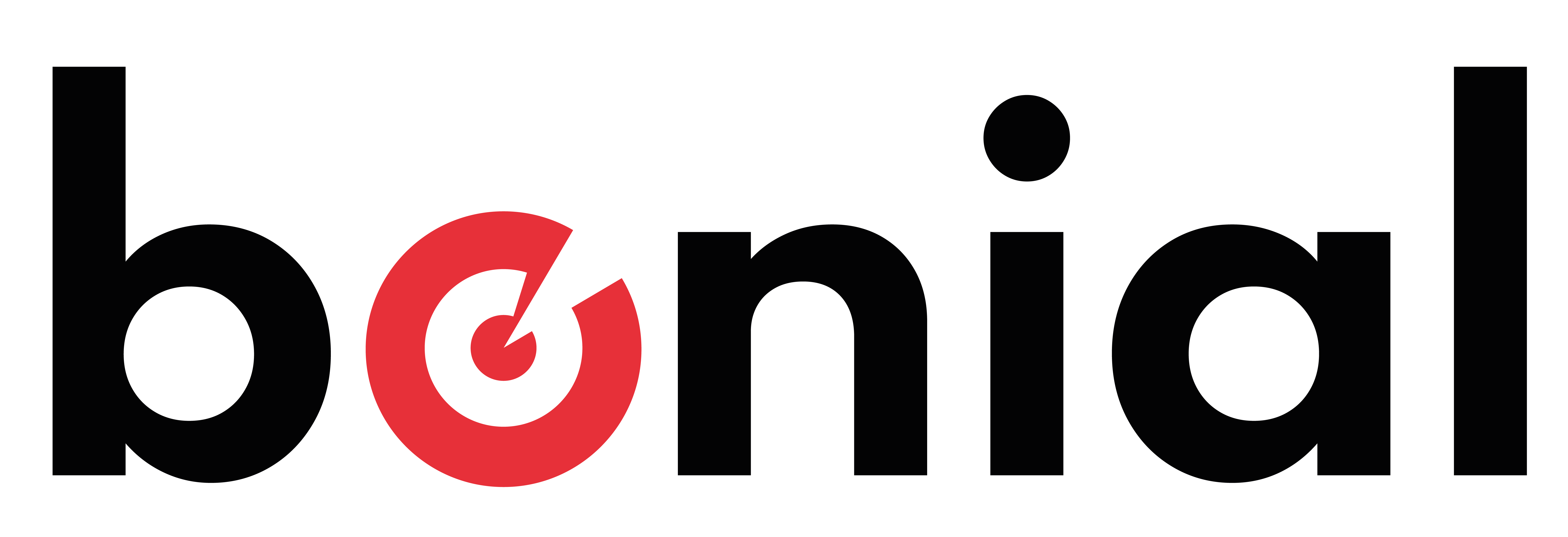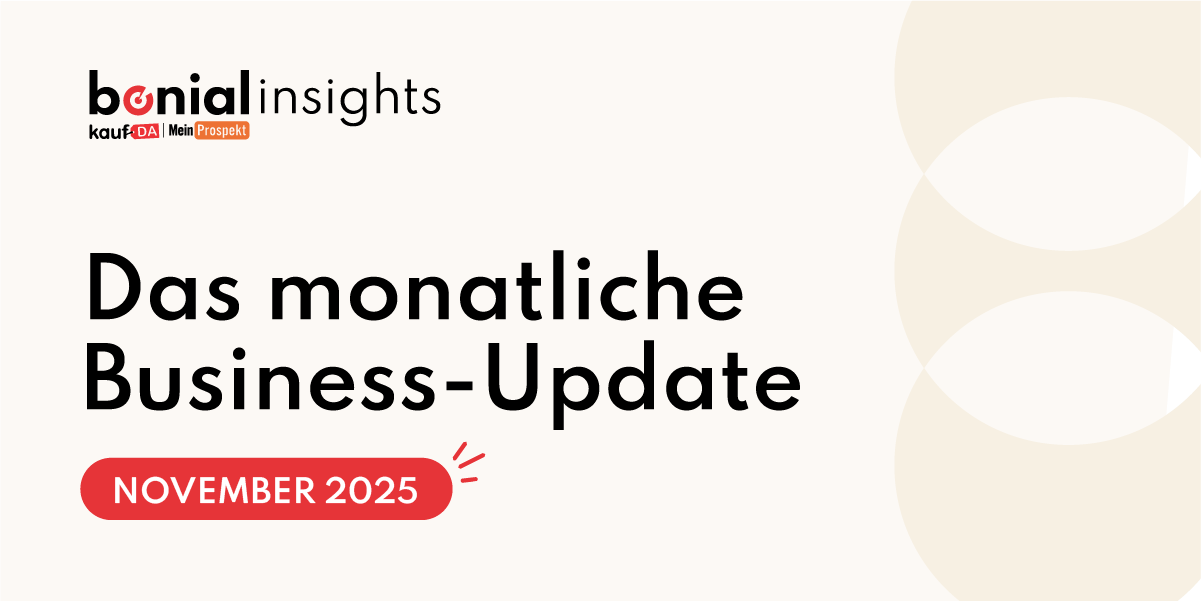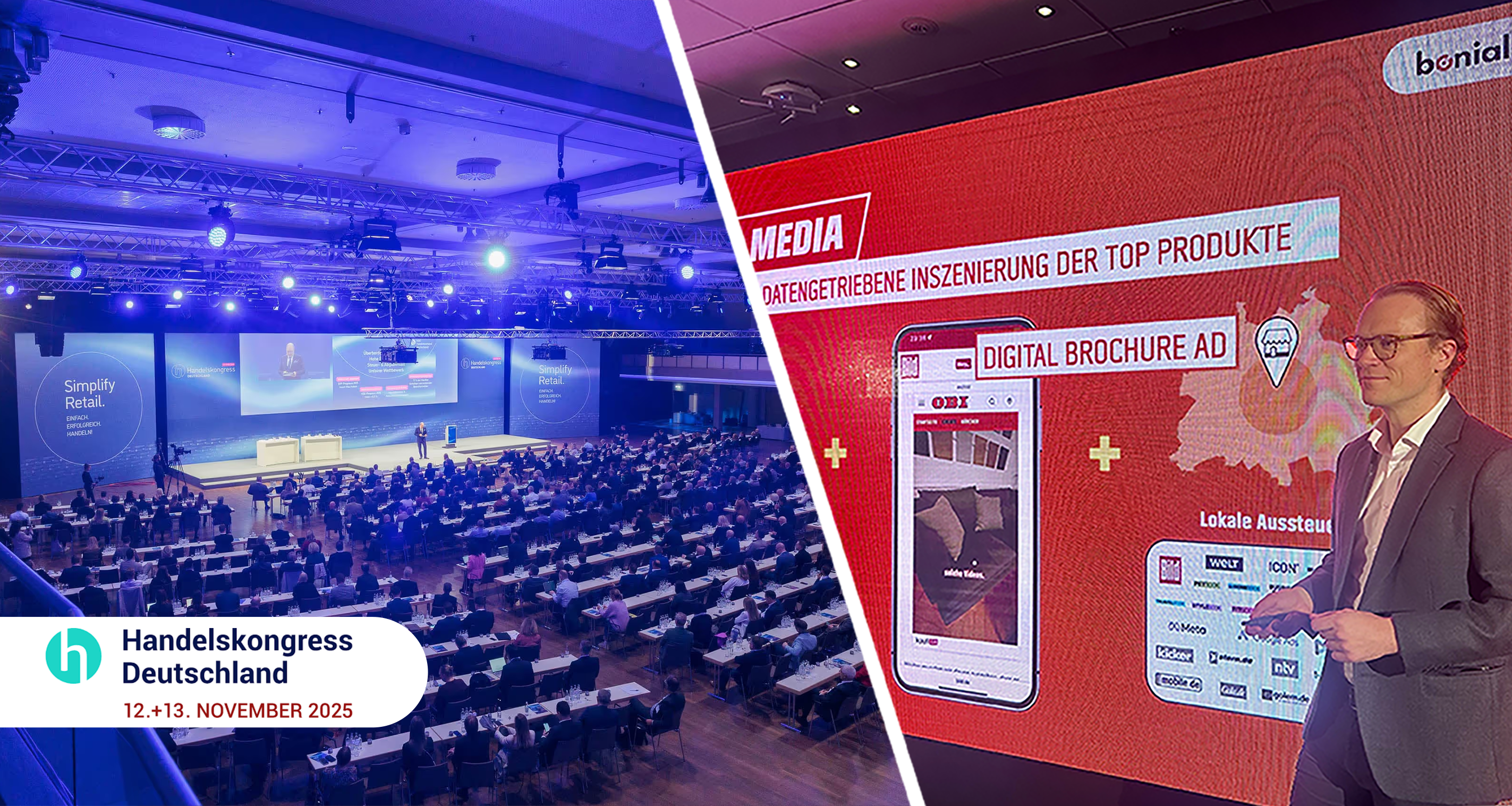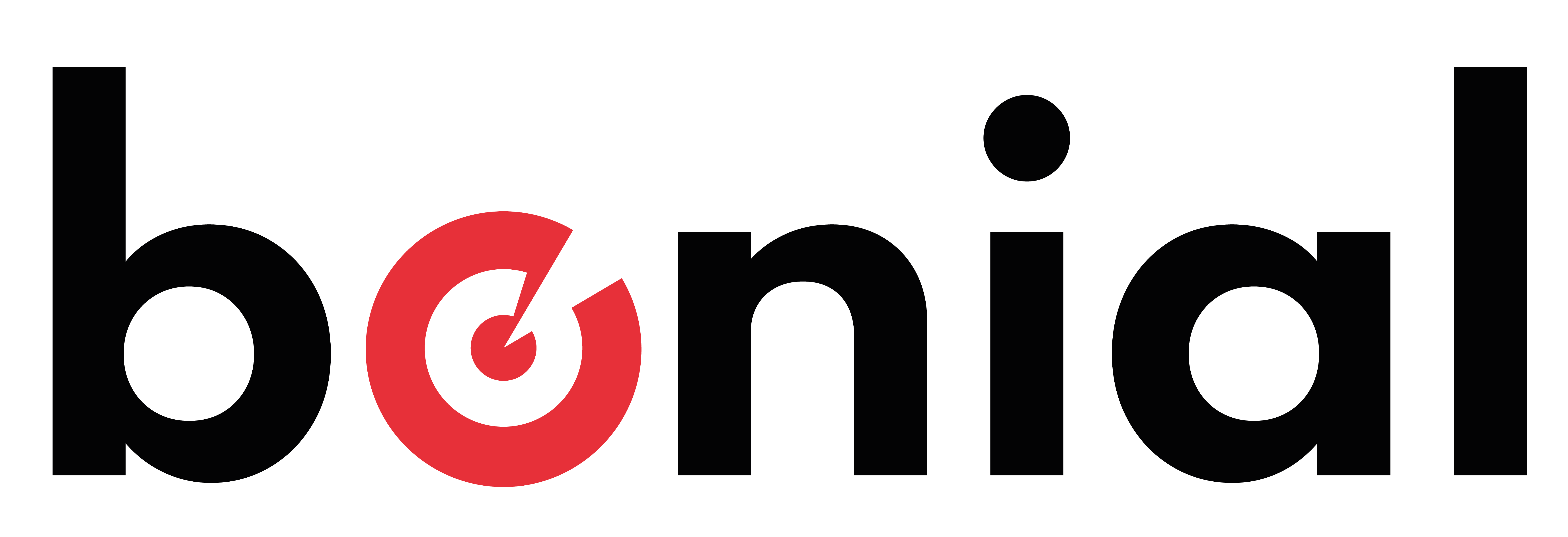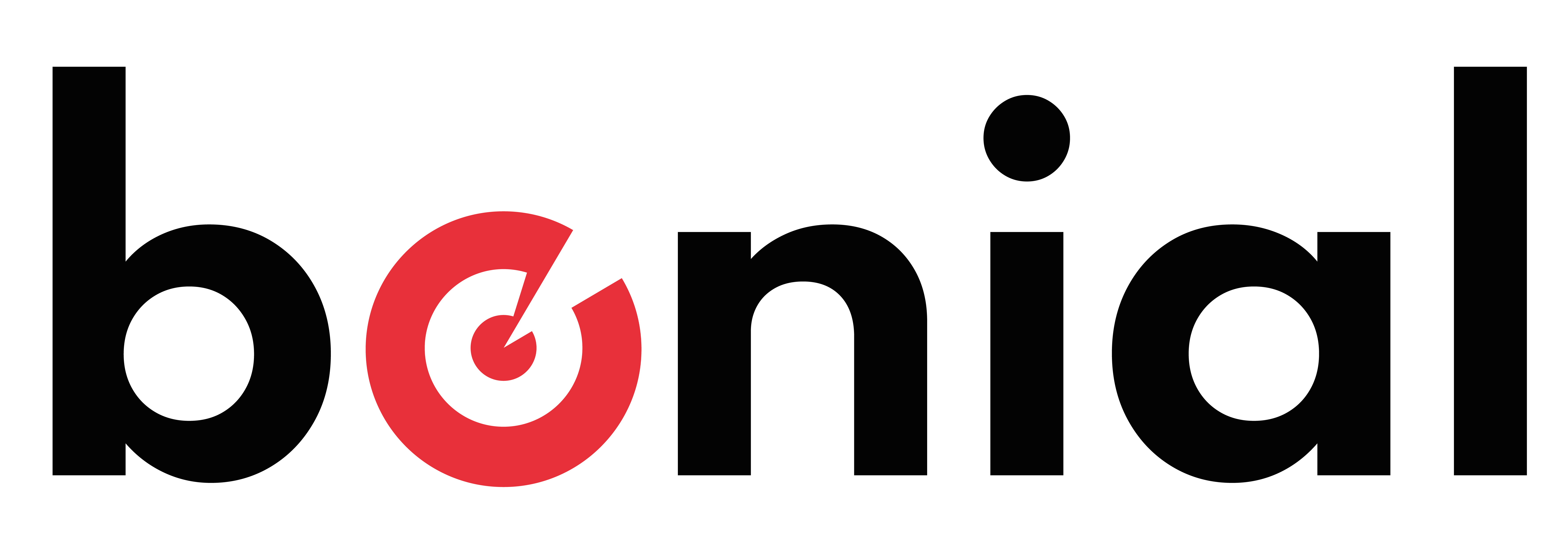A year ago, we pivoted our team of agile coaches’ mission from “coaching teams” to “coaching people to help teams.” It removed tensions between leaders and coaches, revealed coaches at their full potential, and supported leaders’ growth. In this article, I’ll share how our job as agile coaches looks today, our 1:1 coaching sessions, work on strategic topics, and how data on our impact validates our pivotal choice. As a coach or as a leader, this article can help you set up coaches structurally for your company’s success.
Agile Coach, Team Lead (TL), Product Owner (PO), and Team – a constellation leading to conflict
Scrum largely contributed to the democratization of agility in IT and beyond. Today the vast majority of tech teams practice iterations, continuous delivery, and constant improvement. Until then, Scrum leads to three roles: coach, product owner, and the team. Rare are the organizations that gave up on the Team Lead role. This 20-year fast forward journey brings us to a constellation that structurally generates unnecessary conflicts. Example: The responsibility “Causing change that increases the productivity of the team” creates disputes between coaches and team leaders. These conflicts arrived at our management team’s table with questions like: “if we have a coach, what is my role as a team lead?”; “What is the role and value of the coach in our team?” – questions that led to difficult budget conversations.
From Coaching Team to Coaching People to Help Teams
Bonial invested in developing its leadership. This internal decision was the spark leading to the new mission. We brainstormed, co-created, and proposed our new mission to the organization. Our prime area of focus is leaders, and we also coach people willing to drive a change, but we do not engage directly with teams anymore. Our activity fundamentally changed; here are some examples:
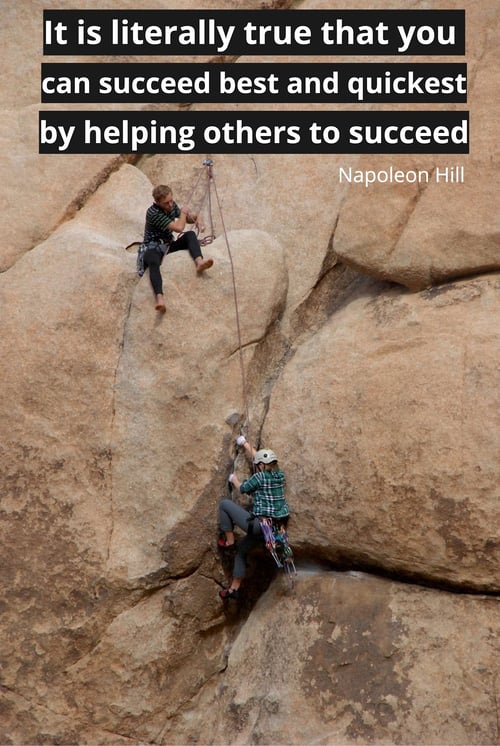
- We no longer facilitate team health checks. Instead, we enable team leads to use the health check tool.
- We do not facilitate team events; we coach people to install working agreements, co-create missions, visions, and KPIs.
- We foster the team lead community of practice to find and propagate answers.
- For example, we engage in strategic initiatives, facilitating large retrospectives, leadership gatherings, or company OKR design.
Each coach works with five to seven persons and drives one or two strategic initiatives – the setup scales.
Does it work? Measure The Impact of Coaching Like a Library
I have never convinced a company to invest in coaching with figures or KPIs. The decision to have a team of coaches is based on mindset and beliefs, like a library in a city: it is impossible to measure its impact on the economy but educated, and cultivated citizens lead to a healthier society.
What KPIs can do well is to support a management team that believes in agility and coaching. We came up with three KPIs that we measure via a survey twice a year:
- If a library is unused, it is useless. We measure how many requests we serve.
- If people are satisfied with a library, they recommend it. We measure our Net Promoter Score in the company.
- If people read books, they learn and develop. We measure our impact on people growth.

People demand, recommend, and understand our coaching and training’s impact—the complaints our management team received before the change transformed into positive feedback. We face skepticism, failure, and difficulties, but we’ve established a solid coaching practice leading to a healthier company.
All Models Are Wrong, But Some Are Useful
I noticed too many coaches filling up their calendars with team retrospectives and planning sessions in the past. Don’t get me wrong, I love agile ceremonies, but I always get scared to become stuck here for my entire career. Working for leaders to develop performing teams, I could observe how we can express our full potential and make an impact as coaches. A couple of days ago, my colleague received this feedback from a Product Lead, which says it all:
“Good morning, thank you so much for the talk yesterday, you actually help me become a better leader every session, yesterday I tried the 4 ears and expectation questions and ROTI and it worked like magic”
I feel confident that we’ve discovered the right model for our context and culture – while it may not thoroughly apply to your company – I believe the challenges we touched on exist in your organization. Do you have leaders? Do you crave agility in your business? Consider the option of an Agile Leadership Coach.
Author

This article was written by Samir Hanna, an Agile Leadership Coach at Bonial.
